GE’s innovative technology reinforces Vietnam’s energy security

GE has made huge advances in Vietnam in terms of amplifying electricity output and satisfying energy needs
Vietnam is the third largest nation in Southeast Asia, after Indonesia and the Philippines, with a population of 90.7 million (2012). Last year, the economy grew by 5.3 per cent and is expected to slightly increase to 6.5-7 per cent during 2016-2020. Vietnam’s economic growth is projected to go hand-in-hand with an annual increase in energy consumption of 10.5 per cent.
The Vietnamese government’s Master Plan for Power Development until 2020 aims to generate two-thirds of the nation’s total power output using thermal energy. According to the plan, hydropower will account for 23 per cent, while renewable energy sources are to generate the remaining 5.6 per cent. There is therefore significant scope for GE to increase its involvement in the energy sector even further, particularly in the context of Vietnam’s comprehensive Green Growth Strategy and rising demand for energy.
GE has built a good reputation in Vietnam’s renewable energy sector, most notably in wind power, and it has also provided technological support to other renewable energy and power generation projects in the country. In total, GE equipment has the generating capacity of more than 2,000 megawatts, accounting for approximately 7 per cent of Vietnam’s national installed capacity.
Harnessing Vietnam’s wind power potential
With more than 3,000 kilometres of coastline, Vietnam has huge wind power potential. The government is looking to attract wind power projects to contribute 1,000MW to the national grid by 2020. To date, only three wind farms are in operation, two of which are connected to the national power grid. More facilities are to be built in the near future.
GE Power & Water signed a contract with Cong Ly Construction-Trade-Tourism Ltd. in the southern province of Bac Lieu last December to provide fifty-two 1.6-82.5 wind turbines for the second phase of a wind power project in the Mekong Delta. With a total output of 83.2MW, the wind farm will commence operations at the end of 2015. Construction of the Bac Lieu province-based wind farm began in 2011 with the installation of 10 GE turbines generating the total output of 16MW. The facility was connected to the national power grid in May 2013.
The GE wind turbines chosen for the second phase feature an 82.5 metre rotor for Class III wind conditions, ideally suited for the site. The 1.6-82.5 turbine builds on the success of GE’s 1.6MW wind turbine, the most widely used megawatt-class machine with more than 19,000 units installed worldwide.
“As part of our company-to-country strategy, the Bac Lieu project clearly demonstrates our commitment to supporting local partners and the development of renewable energy in Vietnam,” said Nguyen My Lan, CEO of GE Vietnam and Cambodia. “Besides, with the huge potential for wind power, we hope to continue co-operating with Vietnamese partners to pioneer wind power projects in the future.”
With an aim to expanding its presence in Vietnam and integrate the country into GE’s global supply chain, the multinational industrial company opened a wind generator factory in the northern port city of Haiphong in 2008. Last year, GE increased the total investment capital in the factory to $110 million, up from an initial $50 million, to expand its production capacity to meet global demand.
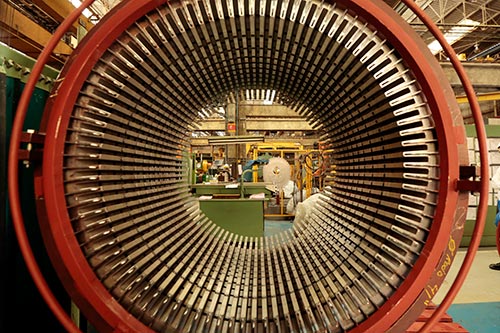
Opportunities in thermal power and gas
Currently, coal provides 29.7 per cent of the world’s energy and becomes the main source of input materials for many investors in Vietnam’s energy industry. While coal will be a big part of the energy mix, the abundance of natural gas is leading to an increase of gas-fired fuel power plants, even though the cost of gas can amount to 70 per cent of operational expenditures. Innovative technologies, including top-of-the-range gas turbines, must therefore be adopted to maximise the efficiency of power generation and ensure competitiveness.
GE has already supplied more than 10 gas turbine units (Frame 6 and 9FA) and two 300MW steam turbines (D5) to Vietnam. Furthermore, GE is introducing the H-class technology gas turbine and the latest generation of steam turbines to the Vietnamese market.
GE’s 9HA is currently considered the world’s most efficient gas turbine with an efficiency index of 61 per cent, according to Gas Turbine World. The 9HA turbine boasts GE’s most cost effective fuel-to-power conversion rate. It reduces CO2 emissions and lowers operational and maintenance costs, resulting in cost savings, lower electricity tariffs for consumers and a reduced environmental footprint.
Minimising losses in power transmission and distribution
According to the World Bank, while the supply of power struggled to keep up with rising demand, 10 per cent of the power generated was lost during transmission and distribution in 2011. Frost & Sullivan, a global growth consulting firm, estimated that investments of approximately $42.6 billion are needed to improve transmission and distribution systems in Vietnam, and to upgrade the national grid by 2030.
During the first phase (2011-2016), investments of $8.5 billion and $6.8 billion are needed to improve and expand the 220kV and 500kV national networks, respectively. Investments will also be needed to strengthen the linkages between the transmission and distribution systems of the 110kV network. All in all, these investments are expected to drastically reduce the loss of power in transmission and distribution.
Based on its previous involvement in Vietnam’s transmission grid, GE is keen to actively contribute to this process. In 2012, GE signed a supply contract with Power Transmission Company No.4, a subsidiary of the state-run National Power Transmission Corporation (NPT), to double Vietnam’s power generation capacity through upgrading the national transmission system. Under the contract, GE’s series capacitor banks were installed as part of the upgrade of the 500kV Pleiku–Phu Lam transmission line to increase its capacity from 1,000 to 2,000 amps. GE will also supply
another six series capacitor banks and provide on-site supervision. The project utilises GE’s latest fuse-less technology, enabling a 100 per cent increase in the transmission capacity of the existing lines and installed infrastructure.
This is the second time GE has co-operated with NPT to upgrade the national grid. Previously, capacitor banks were installed in the 500kV Danang- Ha Tinh transmission line.
“GE’s power generation solutions, amplified by partnerships with local companies, will play a role in enabling Vietnam to manage its power needs more efficiently in-line with its on-going infrastructure development,” said Ramesh Singaram, regional general manager of Power Generation at GE.
The next article, which will be published in VIR on October 27, will feature GE’s involvement in the aviation industry in Vietnam, where the US industrial conglomerate has made significant contributions to Vietnam’s goal to become one of the Pacific region’s leading business and tourist destinations.
What the stars mean:
★ Poor ★ ★ Promising ★★★ Good ★★★★ Very good ★★★★★ Exceptional
Latest News
More News
- Capital influx from Taiwan builds up steam in Vietnam (April 17, 2024 | 19:00)
- Chip industry taking on new players (April 17, 2024 | 16:38)
- Support rises in semiconductor chip development in Vietnam (April 17, 2024 | 16:00)
- Beacon Investment Fund to expand Lotus Group's F&B operations (April 17, 2024 | 11:09)
- Public investment progress requires a stronger thrust (April 17, 2024 | 09:21)
- Disbursement delay deemed unacceptable (April 17, 2024 | 09:13)
- Lack of sand prompts alternatives for traffic projects (April 17, 2024 | 08:00)
- Vietnam asks Apple to make it global production base (April 16, 2024 | 16:11)
- SK E&S and T&T Group research LNG project in Quang Tri (April 16, 2024 | 15:38)
- Experts give insight into Vietnam's retail sector (April 16, 2024 | 09:00)


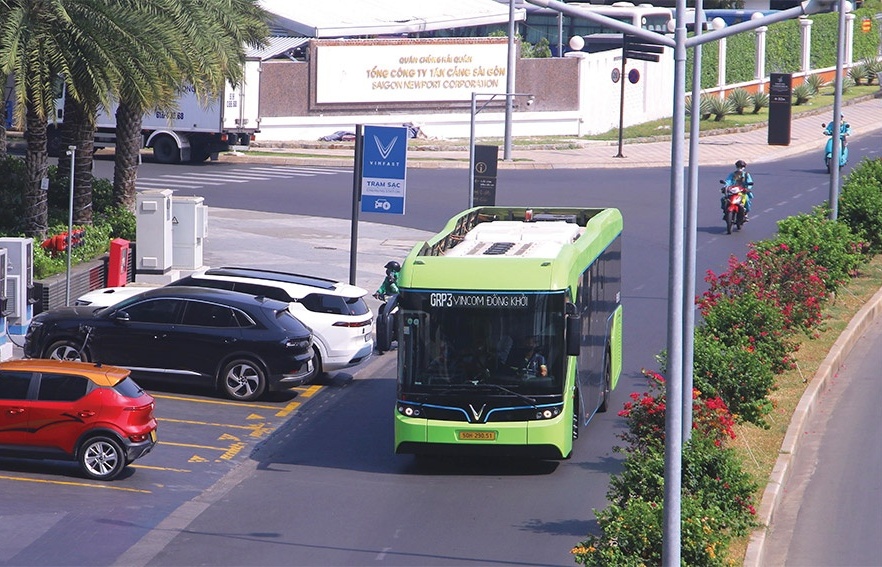
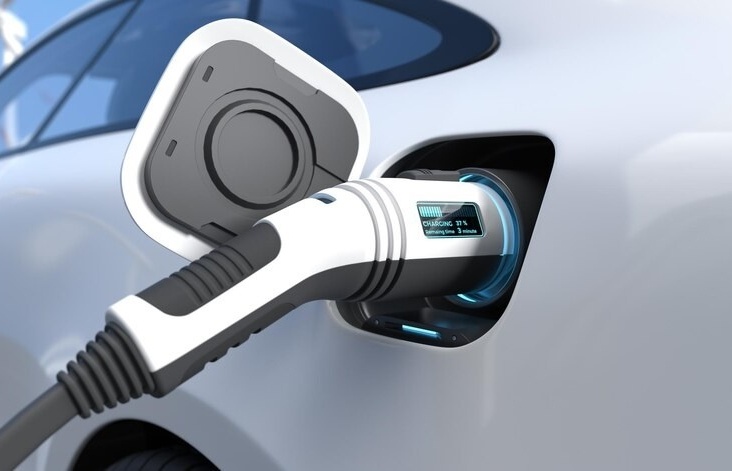
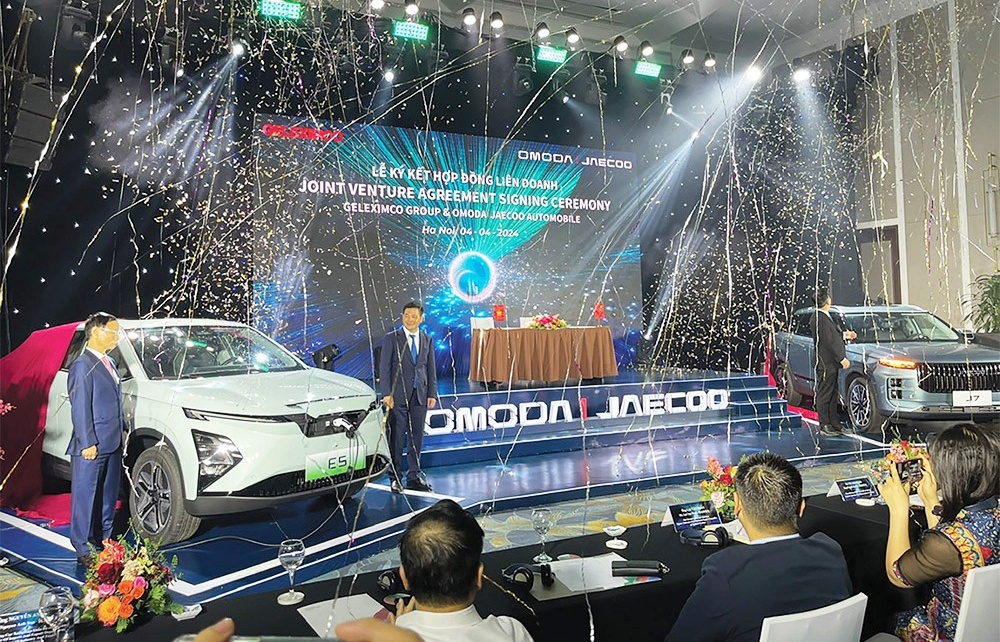
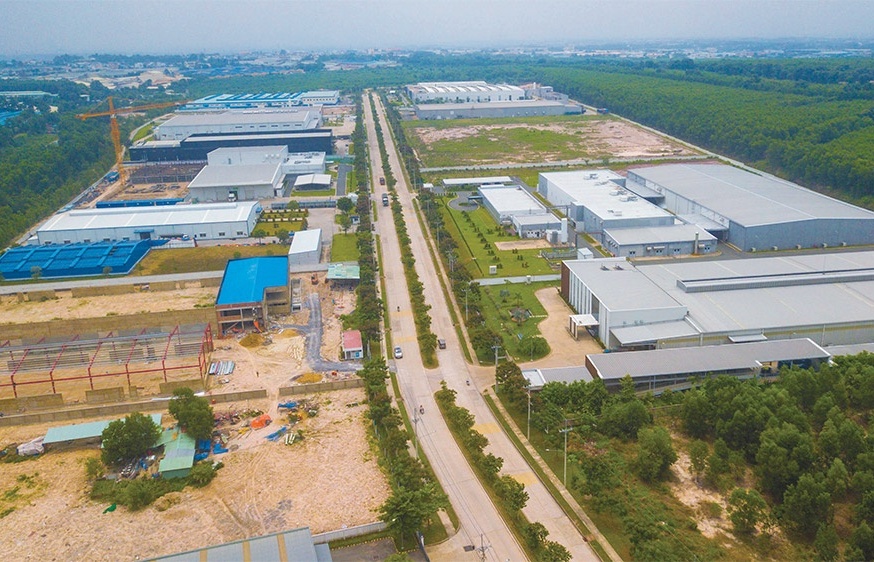
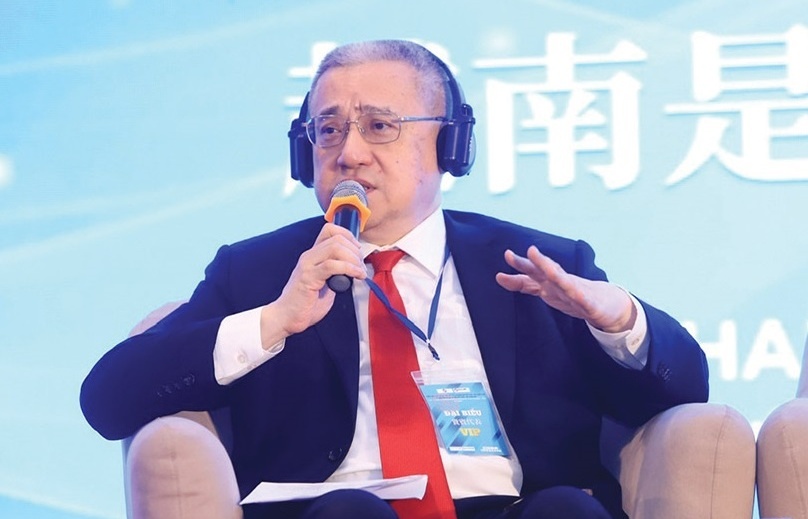








 Mobile Version
Mobile Version